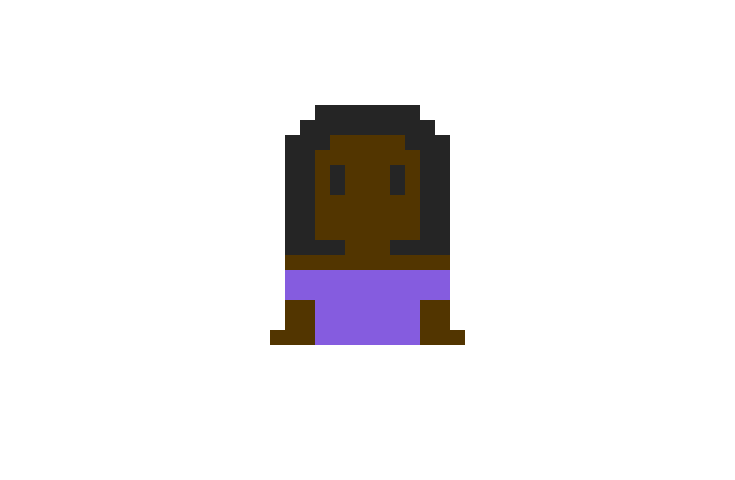compileHer’s first remote hackathon,<interstell/Her>, took place February 6th and 7th. This outer-space-themed celebration of science and technology involved 39 middle school girls and volunteer mentors.
Day 1
Introduction
The hackathon began with a brief introduction by compileHer’s board leader, Shriya. She gave an overview of compileHer’s, discussed broadly the motivations of computer science, and revealed the hackathon’s schedule. Shriya also released the event’s prompt: to design an app to help us explore <interstell/Her> space. Students were also told about categories for which awards would later be distributed.
Icebreakers
Next, everyone participated in a series of icebreakers. Students were able to utilize the objects around them and express a bit about themselves in a “virtual scavenger hunt”. The first prompt was: something that makes you happy. One girl shared a teddy bear that her brother had given to her. Next up was: something with a face. Some things that were shared for this prompt were a Yoda statue, a Captain America figurine, and childhood photo! Lastly, the students were instructed to find and share something that starts with the first letter of their name. Ella found an elephant, Petra found a pen, and Cheyenne found a cup. These fun prompts allowed the students to move around a bit and share with the group something about themselves, whether it was regarding their family, childhood, or even just their name.
Brainstorming and Work Time
The next activity on the agenda was the first iteration of brainstorming and work time. The girls were split into their teams for the first time. They met each other and their mentors; they then began to think of how they wanted to respond to the given prompt. Many groups started working on Thunkable, an online app creation platform, to implement their ideas.
Keynote Speaker: Meredith Rawls
After two hours of hard work, it was time for a break. The girls were called back from their breakout rooms into the main Zoom session, where Research Scientist Meredith Rawls was waiting for them. Dr. Rawls’ talk “Astronomy, Satellites, and You” started by discussing her own background, which was mainly in the field of stellar astrophysics. She described challenges she’d faced, such as getting a low grade on a test, and how she had overcome them to become a successful woman in STEM. Dr. Rawls also shared a bit about her work and something she and many other scientists find extremely important: space junk. Ever since the creation of the first satellite, mankind has been sending various hunks of metal into space to do various things, including providing internet, navigation, and scientific research. Dr. Rawls described how all of these satellites combined are creating “noise” in the data she collects from telescopes, because they reflect light in a way that obscures a telescope’s image of the sky. After her talk was over, Dr. Rawls took questions from the students, including more about the satellite pollution and specifics about some rocks she had studied.
Wrap Up
After the presentation, the students were given a list of materials to bring for the next day, including a small juice box, a yellow sponge, and scotch tape. The girls then logged off for the day, inspired by Dr. Rawls’ talk and excited to continue creating the next day.


